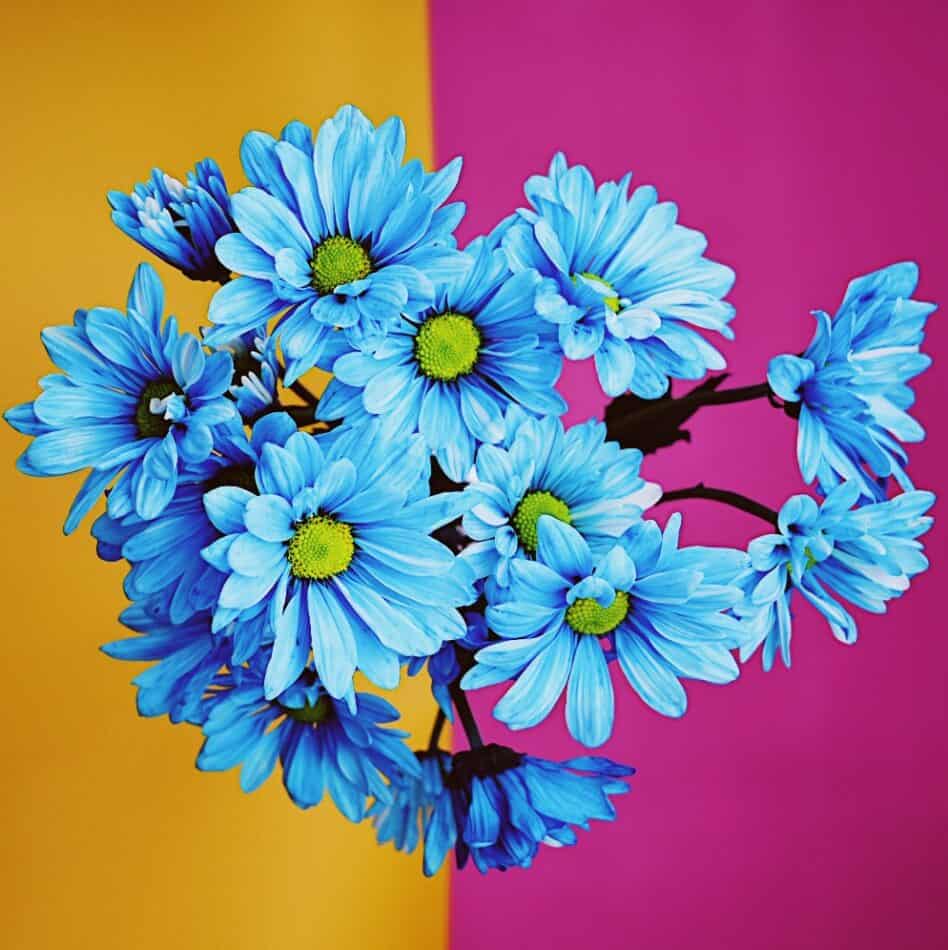Delphinium, commonly known as Larkspur, is a beautiful and striking genus of over 300 species in the Ranunculaceae family. This perennial flower, which comes in shades of purple, blue, pink and white, is a favorite amongst many gardeners for its showy spikes, beautiful hues and its ability to add architectural height, with some varieties reaching up to six feet tall. Larkspur is most commonly found in cottage gardens; however, those living in hot, dry climates will find it more of a challenge to grow.
Etymology of Delphinium
The genus name Delphinium is derived from the Ancient Greek word for “dolphin”, and this is in reference to the shape of the nectaries of the flower. The common name “Larkspur” is derived from its spur-like petals which are said to resemble the shape and color of a meadowlark’s claw.
How to Plant and Grow
Larkspur can be easily grown in sunny and partially-shaded locations with a well-draining, fertile soil. When sowing seeds, they should be covered very lightly with no more than 1/4 inch of soil. Larkspur needs ample water to establish itself, and will tolerate both heat and drought once well-established.
To maintain an abundant bloom, it is advised to fertilize larkspur in the early spring. It is also suggested to add organic matter to the soil, such as well-rotted manure or compost. Additionally, dividing larkspur every few years will help revive its growth.
Meaning and Symbolism
In traditional language of flowers, larkspur symbolizes an open heart and strong attachment. In folk traditions, it is also said to be a charm of protection. Furthermore, wearing larkspur will attract hares and other animals.
History, Mythology, and Religious Significance
The ancient Greeks used delphinium to treat a variety of ailments. During the Middle Ages, larkspur was used to obtain good luck in battles and it was also believed to induce trance-like visions. During Shakespeare’s time, larkspur was believed to be poisonous, with its strong scent being a warning sign of danger. In addition to its medicinal properties, delphinium is also known to attract beneficial insects and birds. During the Victorian era, it was long associated with joy and love.
Flower Varieties and Their Defining Characteristics
Delphinium has numerous varieties that can captivate any gardener. Some of the most popular varieties include Magic Fountains, Pacific Giants and Elatum. The Magic Fountain variety typically has sky-blue flowers and stems that reach up to 5 feet tall. Pacific Giants is a cultivar of the Elatum Group that produces blooms in shades of blue, white, lavender and pink. Elatum is a vigorous and hardy variety that is known for its tall spikes with multiple flowers.
How to Pot and Repot
Larkspur should be planted in well-draining, fertile soil. When potting, the containers should be a minimum of 8-10 inches in size. After planting in containers, be sure to place them in sunny or partially-shaded areas where there is adequate airflow. To repot, choose a pot that is two sizes larger than what was previously used. Add water-retention granules at the bottom of the pot before adding the soil, as this will help keep the plant moist. Larkspur can be divided and planted in multiple containers after 2-3 years.
How to Prune
Once the flowers have started to wilt, it is essential to deadhead them. Deadheading will ensure that the plant is not using energy unnecessarily. In order to prune correctly, the flower stems should be cut close to the base. It is also recommended to cutback the plant yearly in late winter, to help promote better blooming, health, and overall growth.
How to Propagate
Larkspur propagation can be easily done from seeds and division. When growing from seeds, lightly cover them with soil and place them in a sunny spot in the garden. Division is done by uprooting or cutting of dormant clumps during spring or summer, and planting them in new pots. The newly divided, rooted sections should be watered generously.
Common Pests and Diseases
Common problems affecting larkspur are aphids, powdery mildew, cutworms and gray mold. To prevent and combat these problems, it is advised to keep the area around the plants weed-free and clear of debris. Additionally, regular watering and removal of dead and diseased leaves is recommended. If necessary, certain insecticides and fungicides can also be used.
Three Frequently Asked Questions about Delphinium
1. How tall do Delphiniums grow? Delphiniums usually range in height from 1 to 6 feet depending on the variety. Some varieties can even reach up to 8 feet tall.
2. How often should I water my Delphiniums? Depending on the climate, Delphiniums may need to be watered several times a week. However, in hot and dry climates, it is important to water them daily during the hottest parts of the day.
3. What kind of soil is best for growing Delphiniums? Delphiniums prefer well-drained, loose and slightly acidic soil.
Table Fact Sheet
| Larkspur | Delphinium |
|---|---|
| Family | Ranunculaceae |
| Plant Type | Perennials |
| Mature Size | 1 to 6 feet tall |
| Sun Exposure | Sunny and partially-shaded |
| Soil Type | Well-draining and fertile |
| Soil pH | Slightly acidic |
| Bloom Time | May to September |
| Flower Color | Purple, blue, pink and white |
| Hardiness Zones | 3-7 |
| Native Area | Europe and Asia |
What we love from Amazon this week
Buy these wonderful flowers directly from Amazon:















